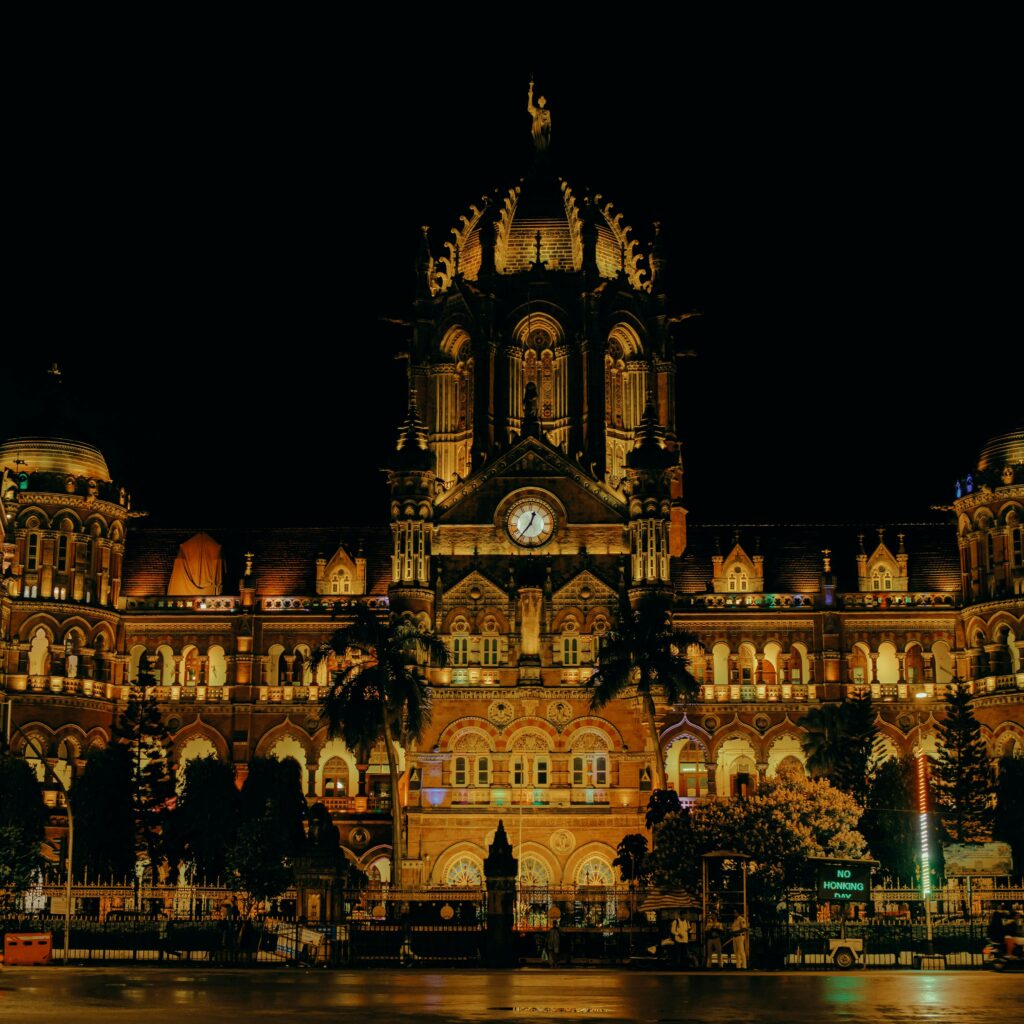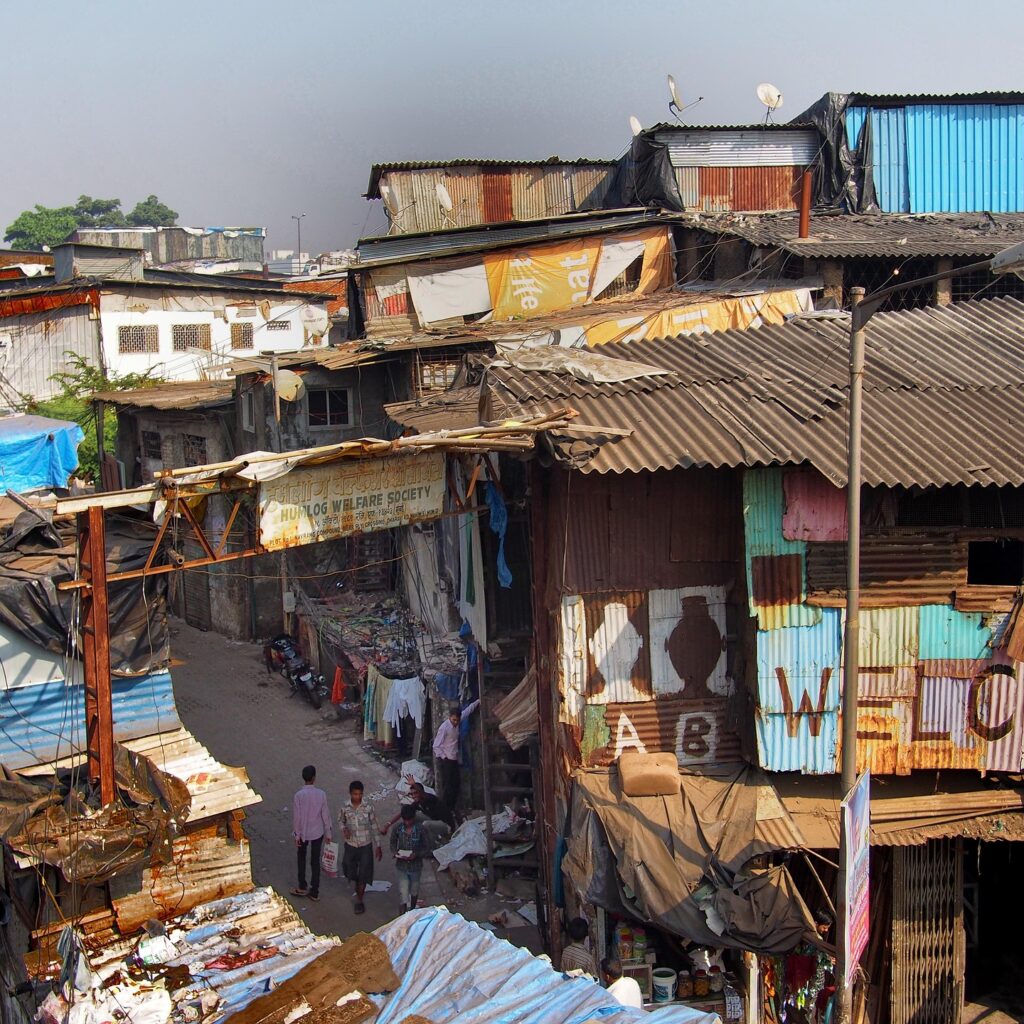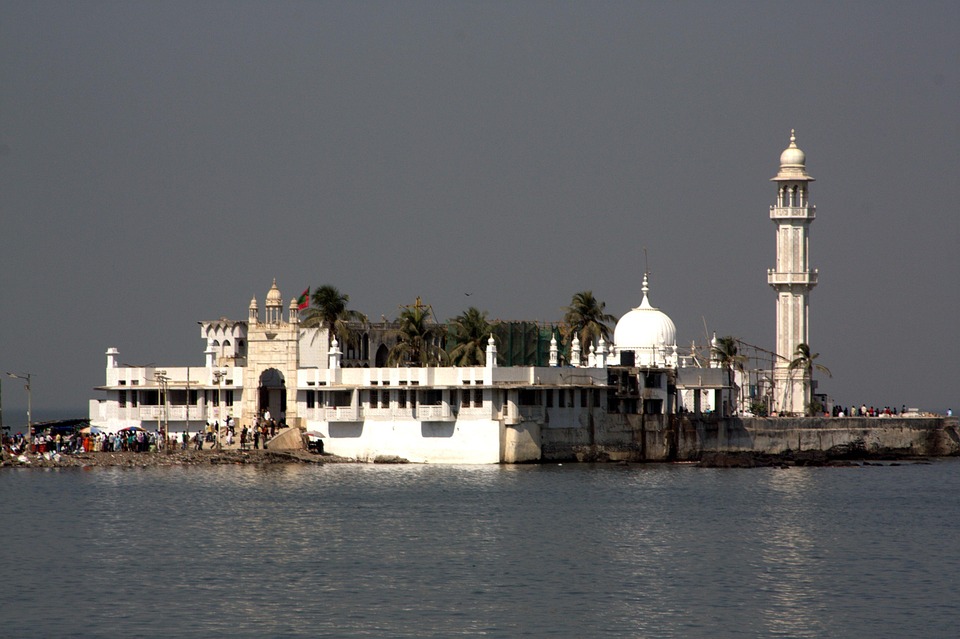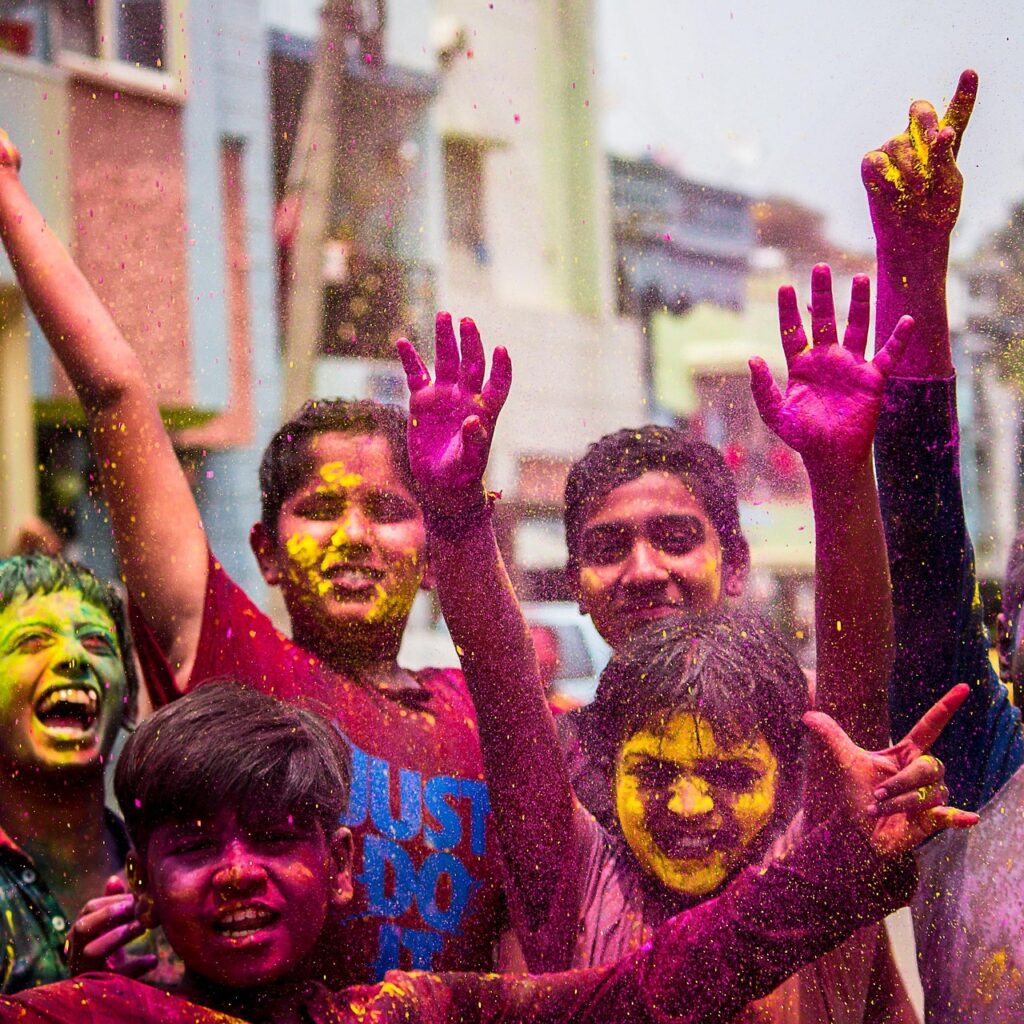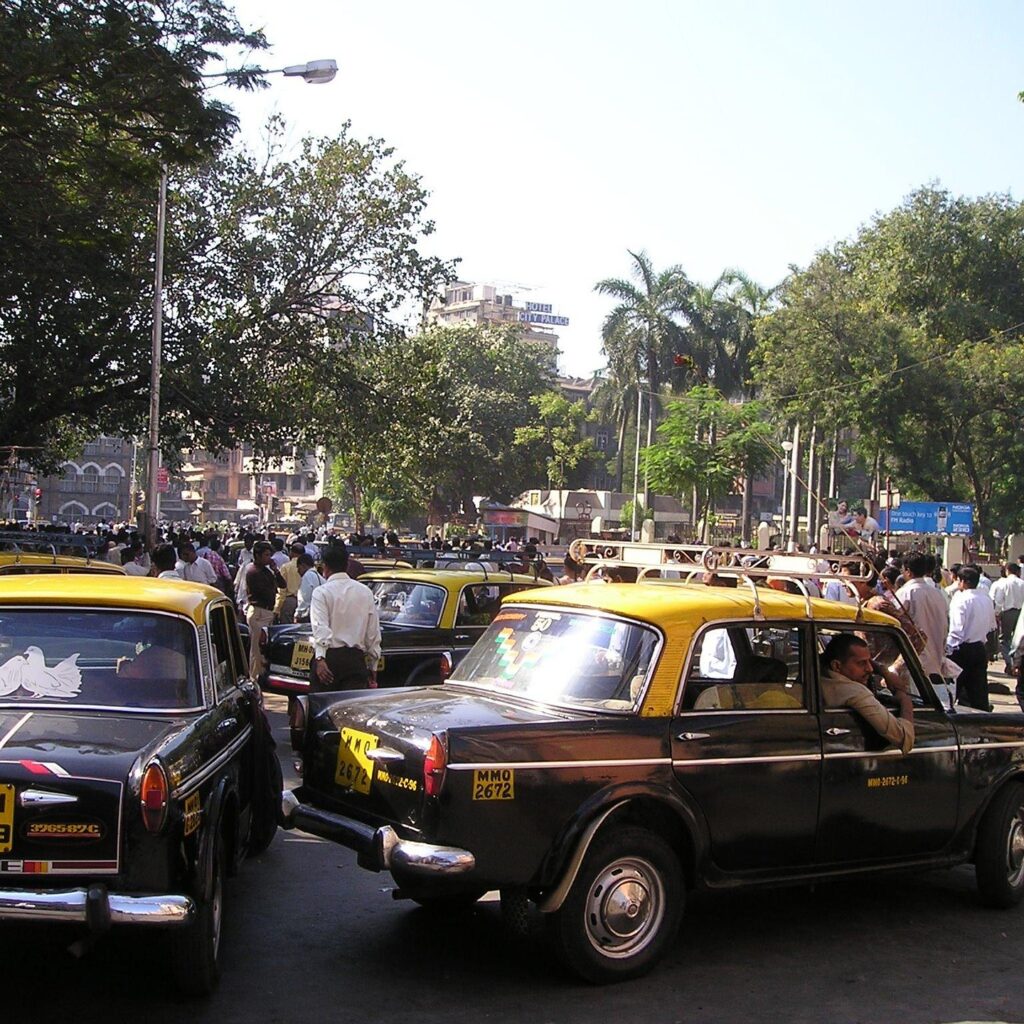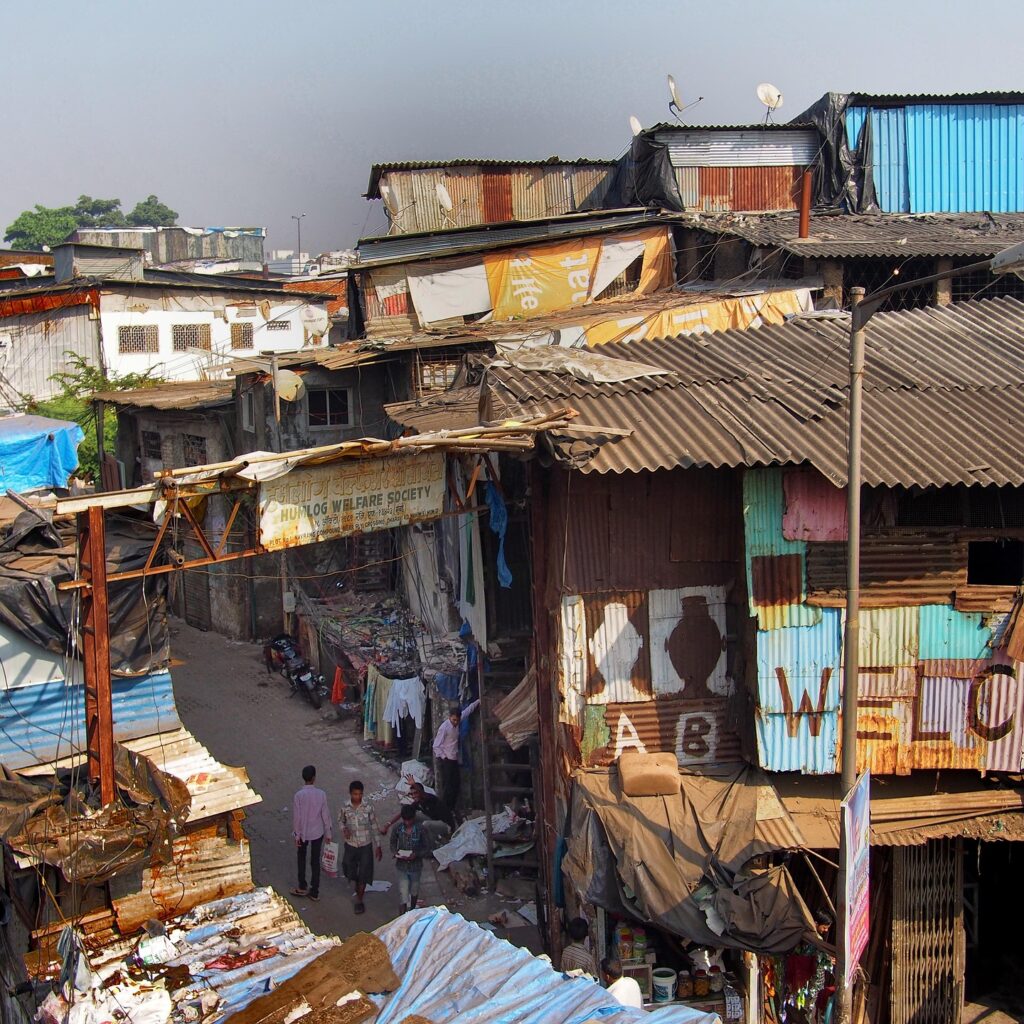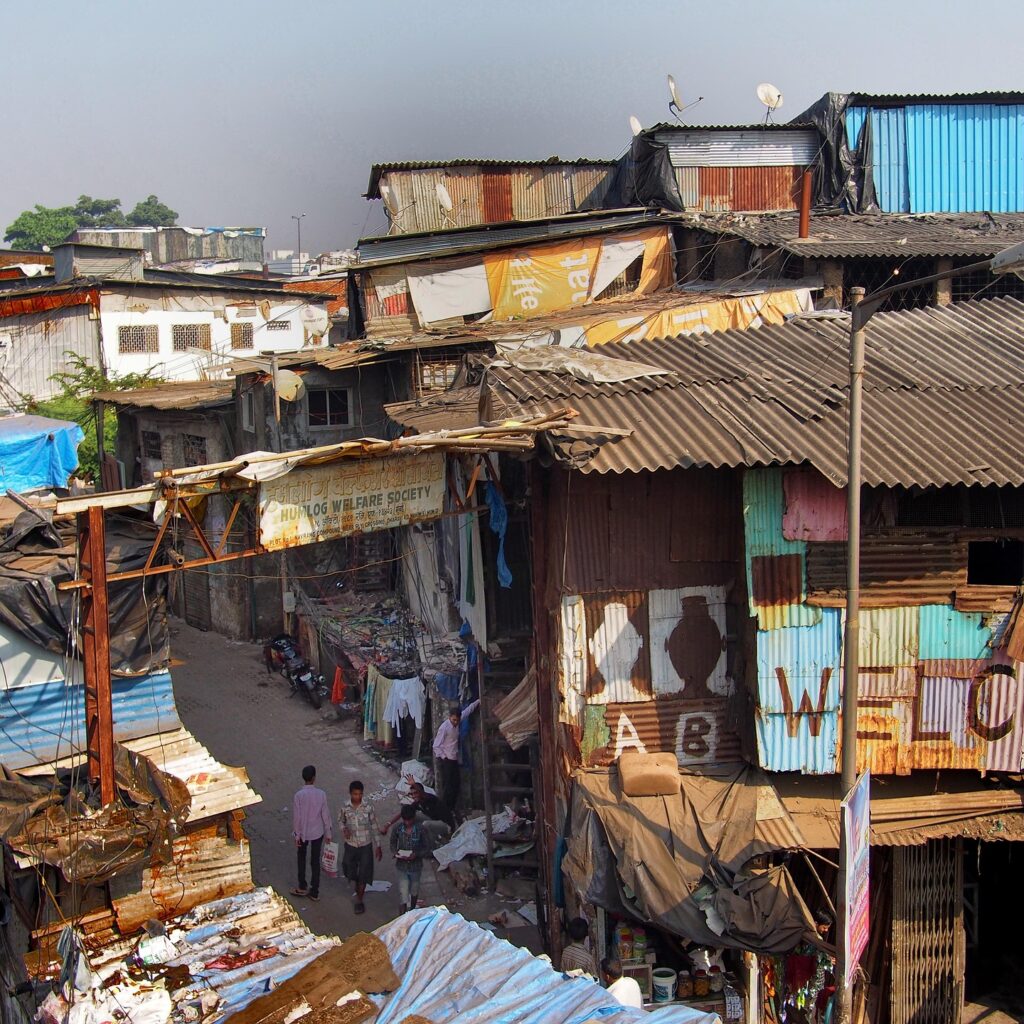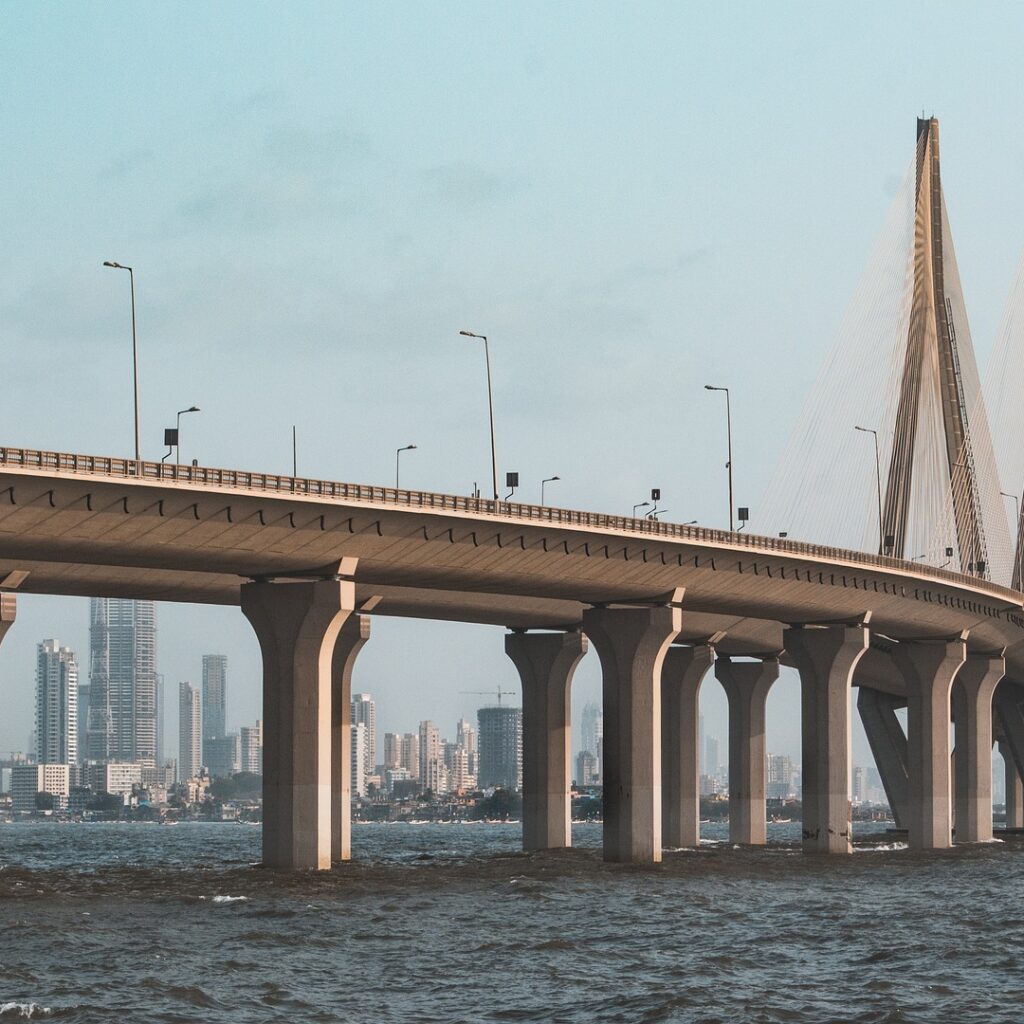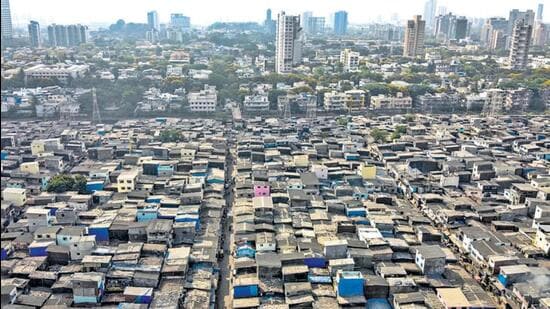
At the heart of Dharavi’s economic activity lies its vibrant textile industry. Small-scale workshops and factories dot the landscape, where skilled artisans and entrepreneurs work tirelessly to produce a wide array of textiles. From intricately designed fabrics to beautifully embroidered garments, Dharavi’s textile businesses showcase the craftsmanship and creativity that flourish in the midst of adversity.
One such success story is that of Rahim Khan, a local entrepreneur who started a small tailoring unit in Dharavi. Through hard work and dedication, Rahim expanded his business, providing employment opportunities to fellow residents and contributing to the economic growth of the community. His story is just one example of the entrepreneurial spark that can transform a small venture into a thriving enterprise.
2. From Scrap to Success: Recycling Entrepreneurship
Dharavi has earned a reputation for its recycling industry, where resourceful entrepreneurs turn waste into wealth. Small-scale recycling units in the slum specialize in processing and repurposing materials like plastic, paper, and metal. These businesses not only contribute to environmental sustainability but also offer a source of income for those involved.
Take the case of Anita Devi, who runs a recycling unit in Dharavi. Starting with a modest operation, Anita has gradually expanded her business by incorporating innovative recycling techniques. Her success not only underscores the entrepreneurial potential within the slum but also showcases the impact of small businesses on promoting sustainable practices.
3. Culinary Entrepreneurs: Street Food and Beyond
Dharavi’s entrepreneurial spirit is not confined to traditional industries; it extends to the vibrant street food scene that has become synonymous with the area. Small food stalls and eateries run by local residents serve an array of delicious and affordable dishes, attracting not only locals but also visitors eager to experience the authentic flavors of Mumbai.
The story of Ganesh Bhau, who transformed his humble street food stall into a popular local eatery, exemplifies the culinary entrepreneurship thriving in Dharavi. Ganesh’s commitment to quality, unique recipes, and a warm ambience has turned his small venture into a beloved community spot, contributing to the gastronomic diversity of Dharavi.
Check our Dharavi Slum Tours
Conclusion:
Dharavi’s entrepreneurial spirit is a testament to the resilience and resourcefulness of its residents. In the face of challenging living conditions, individuals in this vibrant community have not only sustained small businesses but have also managed to turn them into success stories. Whether in textiles, recycling, or the culinary arts, the small enterprises of Dharavi exemplify the transformative power of entrepreneurship and serve as an inspiration to communities worldwide. These stories underscore the potential for economic growth and empowerment that can arise when individuals are given the opportunity to channel their entrepreneurial spirit.
